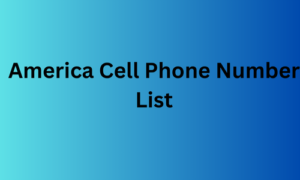After a while, however, they noticed a problem — high customer churn. They naturally thought that some of the post-sale consultants were underperforming. When they dug into their numbers, however, they found these consultants performed equally poorly on retention. There was little to learn from this line of inquiry.
So they looked at the salespeople in charge of customer america cell phone number list acquisition and found the source of the issue. Some of these reps had customer churn rates ten times worse than others! What were the low-performers doing wrong? It appeared they were onboarding the wrong customers and sometimes setting expectations too high. For an enthusiastic inside salesperson who wanted to make a good income, it made sense. Their incentives were entirely based on acquisition — they were paid two dollars upfront for every one dollar of recurring revenue. (There was a claw-back on commissions if a customer defected within four months.)
After their discovery, HubSpot reinvented their inside sales compensation plan, staggering payouts over the year to focus salespeople on the importance of retention. As an additional incentive, top-performers were paid on a curve. Those in the highest quartile received more per dollar of recurring revenues than those in the second, third and lowest quartile.

This compensation plan not only worked better for the company because customer retention increased, but it also benefited the customers. Those that adopted HubSpot were better fits for the solution. Also, they had reasonable expectations about what the solution could do for them and the amount of effort required on their part to be successful.
